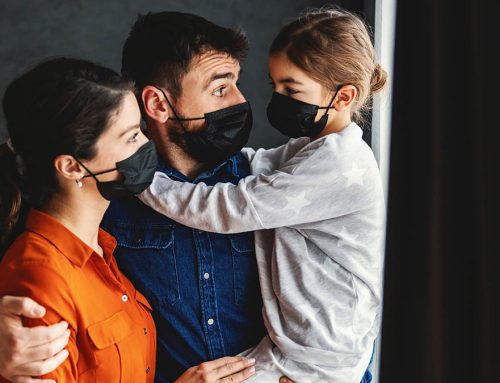What Do You Know About Chimney Liners?

When is the last time you have checked the quality of your chimney liner?
Your chimney is responsible for venting gases produced from fuel out of your home and into the atmosphere. Fuels such as propane, oil, kerosene, natural gas, and wood all produce flue gases that must be vented into a chimney. In order for these gases to be expelled into the atmosphere, there must be proper drafting of the chimney.
Chimneys can have three types of interior liners, made of different materials: clay, ceramic, or metal. These liners help to direct the flue gasses into the outside atmosphere. Chimney liners are also responsible for stopping lethal carbon monoxide gas from seeping into your home. They do this by preventing hot embers in smoke from entering through a crack in the flue, which can potentially cause materials in or around the chimney to ignite.
For optimal use and safety, a liner is needed when installing a new heating system, furnace, boiler, or water heater. Local codes and the International Fuel Gas Code require proper venting and chimney liners for flue gasses to be vented into the outdoor atmosphere. Wood and coal burning fuels must be vented in a separate chimney liner and not to be vented with Natural Gas, Propane or Oil burning fuels in a single chimney liner. It can be very dangerous to you and your home to use equipment that does not have a chimney liner installed. Studies conducted by the National Bureau of Standards (NBS) found that unlined chimneys facilitate an unsafe movement of heat, causing wood adjacent to a fireplace to ignite within three and a half hours.
Some common signs that you may need a new chimney liner include: the clay liner is damaged or deteriorating which can allow carbon monoxide and hot ember to leave the chimney; your chimney may have a condensation problem which allows for erosion to occur; and when converting to burn different fuel or change of fireplace, you must change the chimney liners.
Stainless steel or aluminum chimney liners are primarily used to upgrade and repair existing chimneys. They are extremely safe and durable. Stainless steel is suitable for wood-burning, gas, or oil appliances, while the aluminum is a cheaper alternative for specific medium efficiency gas applications only. These liners generally last for 15 to 20 years.
Proper installation and maintenance of your chimney liner is essential, and can help maximize its durability. Installation of your chimney liner is best left to a professional.
Be careful when shopping for new heating systems, often times companies will not include a chimney liner in final estimate. If the liner is left out of the estimate, it will either be a surprise add-on at the time of installation, or will be omitted completely. Either situation is a bad one. At UGI Heating, Cooling & Plumbing, your safety and quality of living are our primary concerns, and we always put all components into our upfront estimate.
Our exceptional team of professionals will help you select the right chimney liner for your home, giving you comfort and confidence that your home will be safe.
We install reputable products and brands, and we will not cut corners at the cost of safety!
Contact us today for more information on chimney liners and make an appointment for all your HVAC, Heating, Cooling & Pluming repairs and HVAC services in Lancaster, PA, Reading, PA, Harrisburg PA, and the Lehigh Valley, PA.

